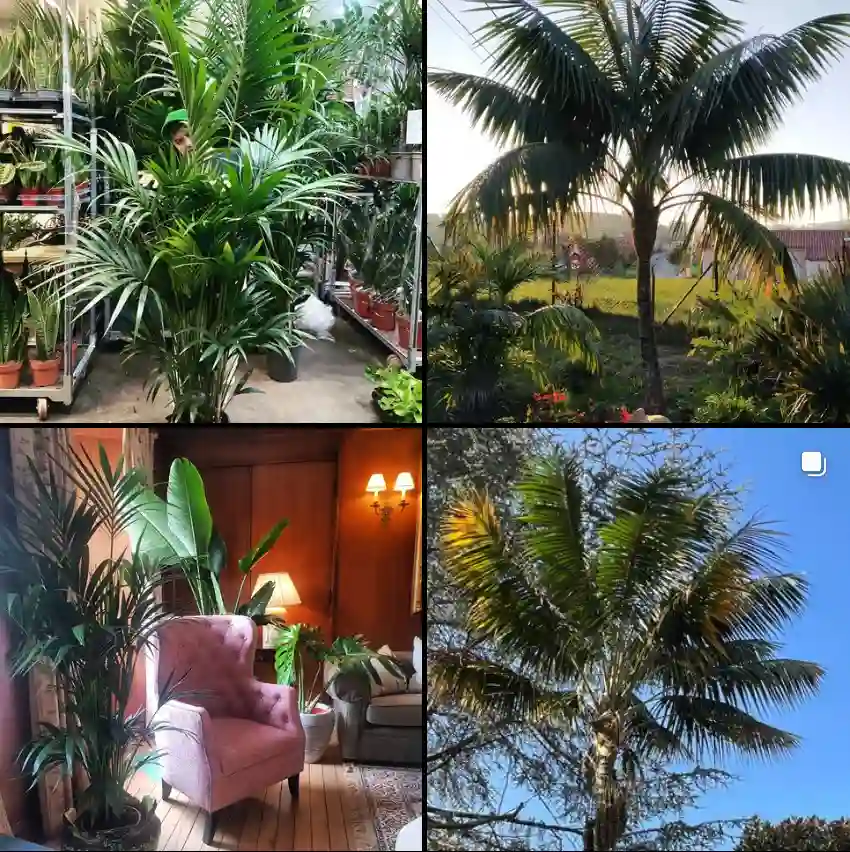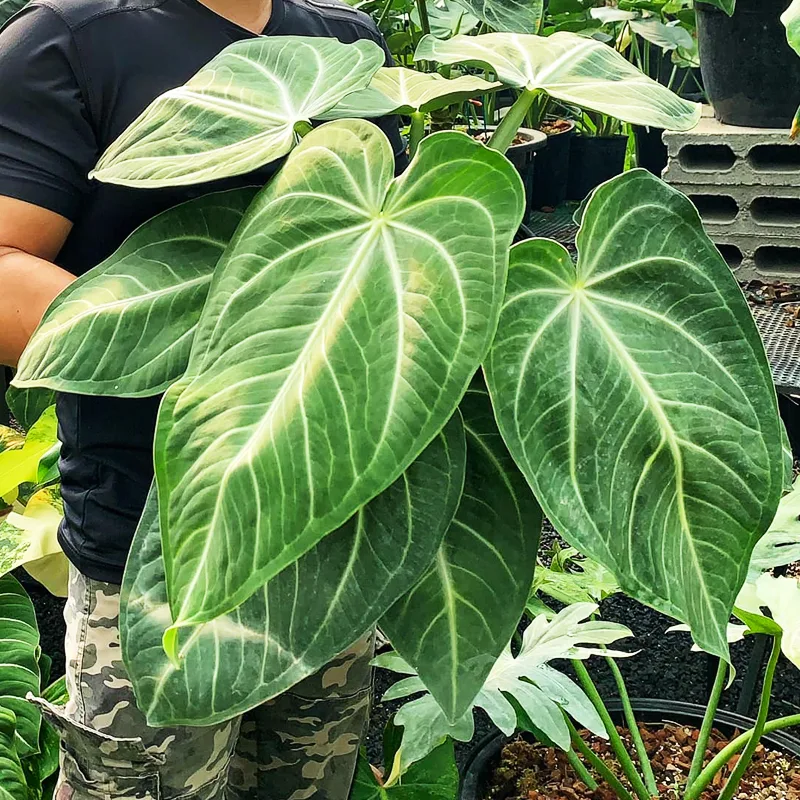Myricaceae Family: Exploring the Genera of Canacomyrica, Comptonia, and Myrica
As a plant enthusiast, I have always been captivated by the diversity of the Myricaceae family. This family, commonly known as the wax myrtle family, includes a fascinating array of genera. Among them, Canacomyrica, Comptonia, and Myrica stand out for their unique characteristics and ecological significance. In this article, I will share my experiences and insights about these genera, highlighting their importance and unique traits.
Understanding Myricaceae Family
The Myricaceae family comprises approximately 50 species across three primary genera. This family is primarily found in the temperate and subtropical regions of the world. Myricaceae members are notable for their aromatic leaves and small, often clustered, fruit. They typically thrive in wet, sandy soils, making them essential for wetland ecosystems.
The family is also recognized for its role in traditional medicine and culinary practices. As I explored various species within this family, I was amazed by the cultural significance they hold in different regions.
Canacomyrica: The Unique Wax Myrtle
Canacomyrica is a lesser-known genus within the Myricaceae family, native to the South Pacific islands. This genus includes species that are primarily found in New Caledonia. The leaves of Canacomyrica are glossy and aromatic, resembling those of other members of the family. What sets Canacomyrica apart is its adaptation to the specific climatic conditions of its native habitat.
During my exploration of Canacomyrica, I was particularly struck by the ecological niche it fills. The species in this genus often grow in open forest environments, where they contribute to the biodiversity of their ecosystems. Additionally, their fruit serves as a food source for various bird species, playing a vital role in seed dispersal.
Comptonia: The Resilient Sweet Fern
Comptonia Peregrina of Genus Comptonia – Sweet Fern
Comptonia is another fascinating genus within the Myricaceae family. Known commonly as sweet fern, Comptonia grows in the eastern regions of North America. Its distinctively fragrant, fern-like leaves are often used in herbal teas and traditional remedies. One of my favorite experiences was hiking through the woods in New England, where I encountered vast patches of Comptonia growing alongside the trail.
What intrigues me about Comptonia is its resilience in poor soil conditions. It often colonizes disturbed areas, thriving in sandy, acidic soils where other plants struggle. This adaptability makes it a valuable species for erosion control and habitat restoration efforts. I have seen firsthand how Comptonia can transform barren landscapes into thriving ecosystems.
Myrica: The Classic Wax Myrtle
Myrica is perhaps the most well-known genus in the Myricaceae family, often referred to as wax myrtles. This genus includes several species that are widely distributed across North America, Europe, and Asia. Myrica leaves are not only aromatic but also possess a waxy coating, giving them their name. I have fond memories of foraging for Myrica berries during late summer, relishing their sweet, tart flavor.
The ecological role of Myrica species is equally impressive. They are often found in coastal areas, wetlands, and riparian zones, providing habitat for various wildlife. Their dense growth habit offers shelter and nesting sites for birds, while their berries attract numerous species. In my garden, I have planted Myrica cerifera, the southern wax myrtle, which has become a favorite among local bird populations.
The Importance of Myricaceae in Ecosystems
The Myricaceae family, with its unique genera, plays a crucial role in maintaining healthy ecosystems. Each genus contributes differently, but collectively they support biodiversity, stabilize soils, and provide food sources for various animals. My experiences with these plants have shown me how interconnected our natural world is, where even a single family of plants can have profound impacts on the environment.
Moreover, these plants have practical uses in landscaping and gardening. Many species are valued for their ornamental qualities and can enhance the aesthetic appeal of any garden. I often recommend Myrica and Comptonia to fellow gardeners for their drought resistance and low maintenance requirements.
Conclusion
In conclusion, the Myricaceae family, encompassing Canacomyrica, Comptonia, and Myrica, represents a fascinating and ecologically significant group of plants. Through my explorations and experiences, I have developed a deep appreciation for their resilience and contributions to our ecosystems. Whether you’re a gardener, a nature lover, or simply curious about plant diversity, I encourage you to learn more about these remarkable genera. Their unique qualities and roles in nature offer endless opportunities for exploration and discovery.
If i die, water my plants!



